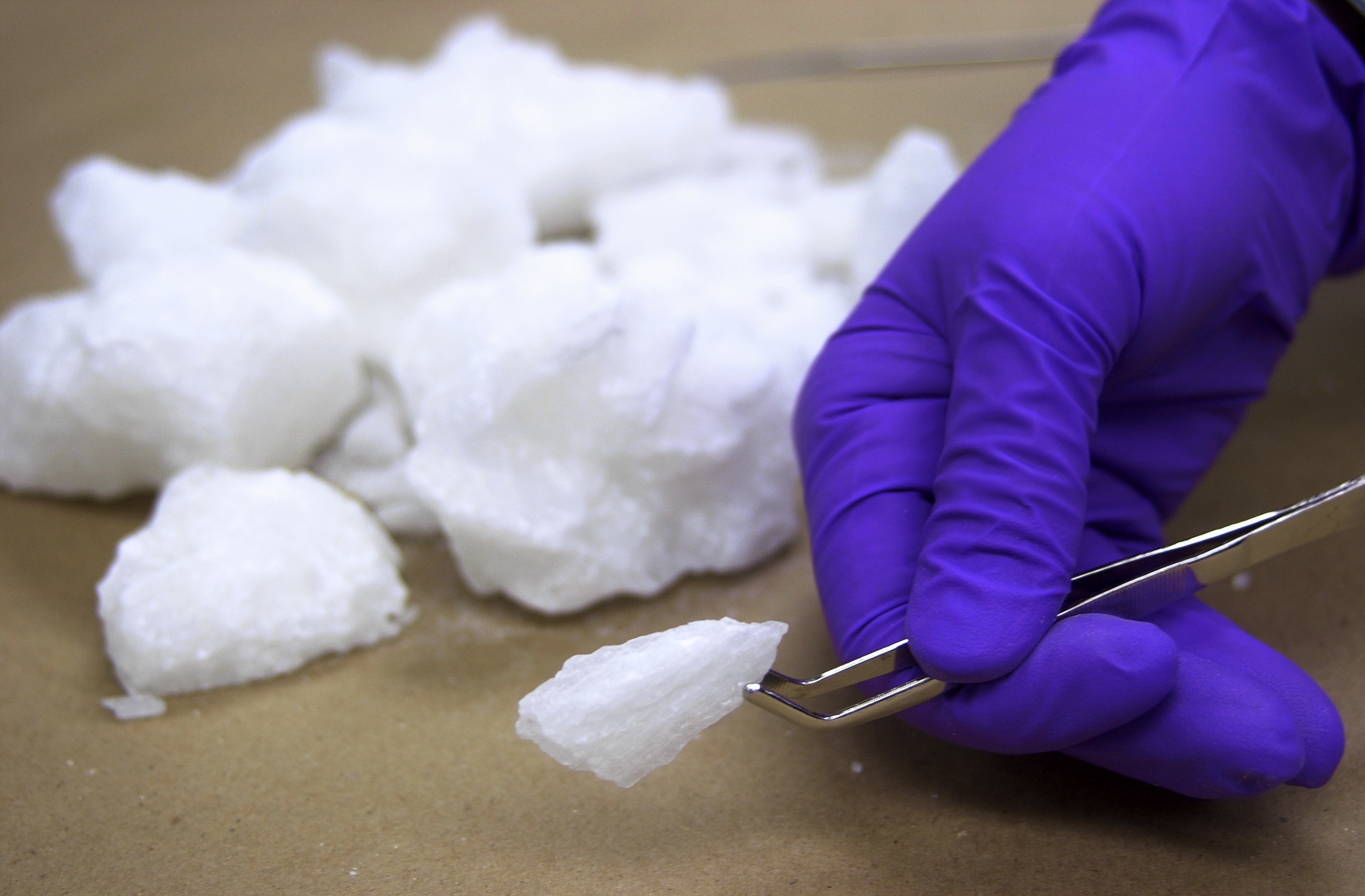Why Meth Is Making a Big Comeback

Credit to Author: Josh Meyer| Date: Wed, 13 Nov 2019 18:45:26 +0000
Watch Meth Country, VICE’s new documentary on the resurgence of methamphetamine.
Meth, the drug that sparked those exploitative ‘before and after’ police mugshots so beloved of the police and media, is making a comeback. But why is this?
The highly addictive drug is in good supply, more than ever before. It is much cheaper, far more potent, and consumed across a wider geographic swathe of the United States, by a broader demographic group. It’s also killing more people than ever before—in some areas more even than fentanyl.
“Methamphetamine is becoming more available and in a more potent form, which makes it more dangerous than it has been in the past,” said Peter Reuter, a professor of public policy and criminology at the University of Maryland.
“Deaths seem to be increasing quite rapidly but it’s not as if it has uniformly spread across the country. It has spread in a sort of spotty way, and no one has an explanation for why this is the case.”
One supervisory DEA agent involved in breaking up meth rings VICE spoke to said he had seen “a spread” of the meth trade, from traditional epicenters like Southern California eastward toward New York and other coastal cities where it can be sold for higher profit.
U.S. health and enforcement officials say it’s hard to get a good handle on the meth problem due to the transient nature of many of its users and other factors. But what is for sure is that the number of people who take meth often is on the rise. Data from the National Survey on Drug Use and Health found there had been a near doubling of the number of ‘last month’ meth users in just four years between 2014 and 2018.
A 2019 report by RAND has put a number on the amount of frequent meth users in the U.S.: “Our best estimates of the number of chronic methamphetamine users increased from 2.2 million in 2006 to 3.2 million in 2016.” There were more users of meth than cocaine or heroin that year, and more than twice the number of meth users than at the low point in 2008. This, said the report, was “driven by increasingly pure and inexpensive product.”
One of the major factors driving the resurgence in use is that meth has become much more affordable. The RAND study found “a large and steady decline” in its price per gram since 2008. According to the Drug Enforcement Administration’s (DEA) latest National Drug Threat Assessment, meth is now at least 71 percent cheaper than it was in 2005.
A major shift, and the root causes of the resurgence in meth use, is that the supply chain has become more reliable. And this is down to the Mexican cartels. Now, virtually all of America’s meth is being smuggled up from labs in Mexico, rather than being made in ‘mom and pop’ labs domestically.
“Any time in our history, when we have had a period of high opioid abuse, it's followed by an increased level of abuse and addiction of powerful stimulants"
The shift was sparked by the implementation by the US government in 2006 of the Combat Methamphetamine Epidemic Act, which clamped down on over-the-counter sales of ephedrine and pseudoephedrine, which are used to make meth. It became harder for people to make the drug, and production was displaced from America to Mexico, where precursor chemicals were easily available. When Mexican cartels realized how lucrative it was, the meth making industry became turbocharged.
“The [profit] margin is so much higher than other drugs,” said the DEA agent. “They discovered they don’t have to spend time or money growing and protecting [meth] like they do cultivated crops, so there’s less risk.” The cartels used existing transportation, distribution and retail sales networks to create new markets for it throughout the U.S. Now, the DEA said Mexican “super labs” are capable of churning out multi-hundred kilogram loads of pharmaceutical grade meth at a time.
The vast, existing distribution networks made it possible for the Mexican cartels and dealing crews to spread meth into communities where the drug had never quite reached before. The search for new markets has been driven in some cases by the glut of meth in some communities, like Southern California, where several major trafficking operations compete with each other.
“It’s only $3,000 per pound in L.A.,” the agent said of meth, “so they’re aggressively trying to get it to East Coast markets and a lot of places in between.”
The resurgence of meth, especially given how cheap and potent it is, is causing alarm among U.S. officials, who worry about a double-whammy in which users addicted to fentanyl start also using meth, according to Michael Braun, the former chief of operations for the DEA.
“Any time in our history, when we have had a period of high opioid abuse, like we have been experiencing over the past few years, ultimately, it's followed by an increased level of abuse and addiction of powerful central nervous system stimulants like methamphetamine,” Braun said. “And the traffickers know full well,” Braun added, “that, okay, the market is ripe right now for that.”
This article originally appeared on VICE US.